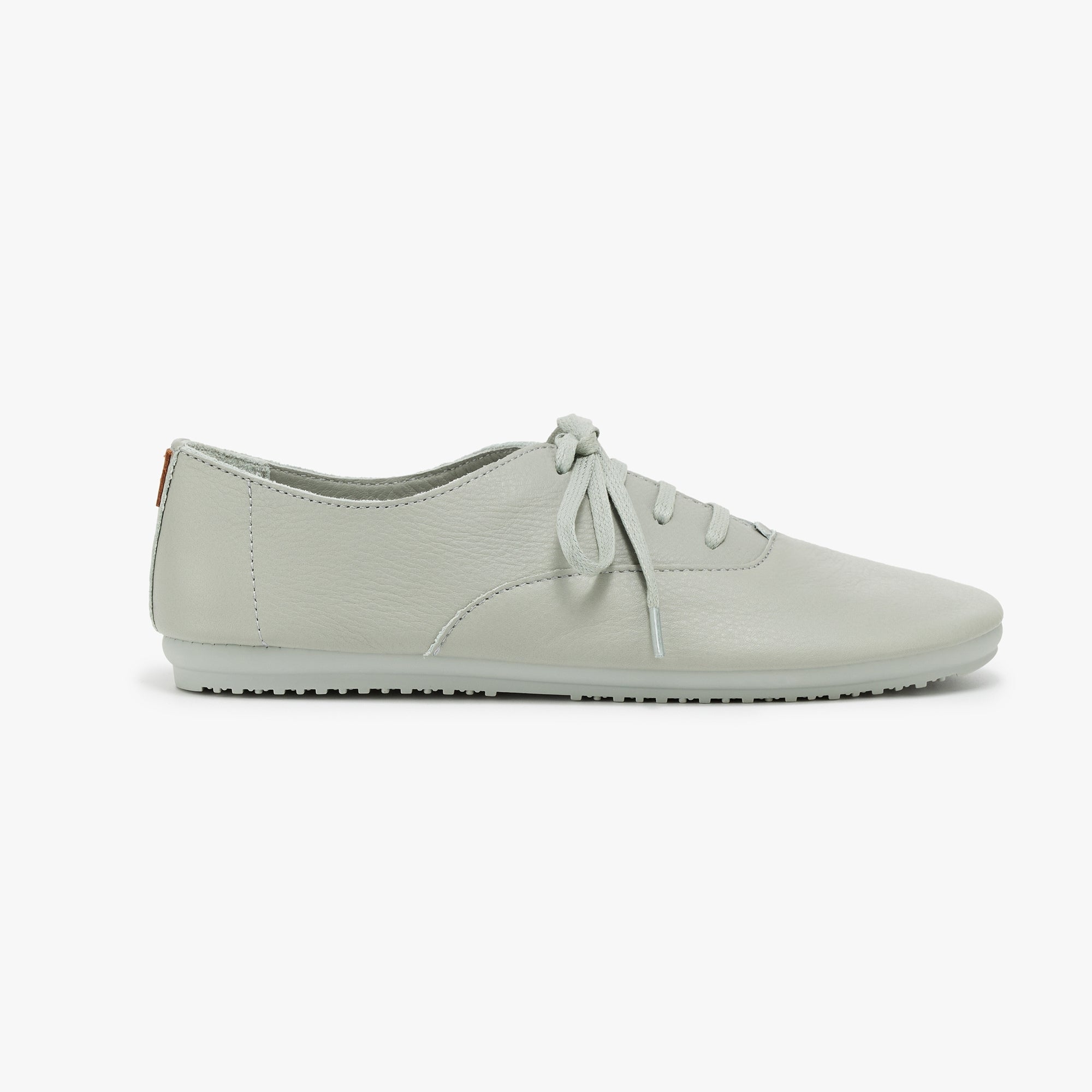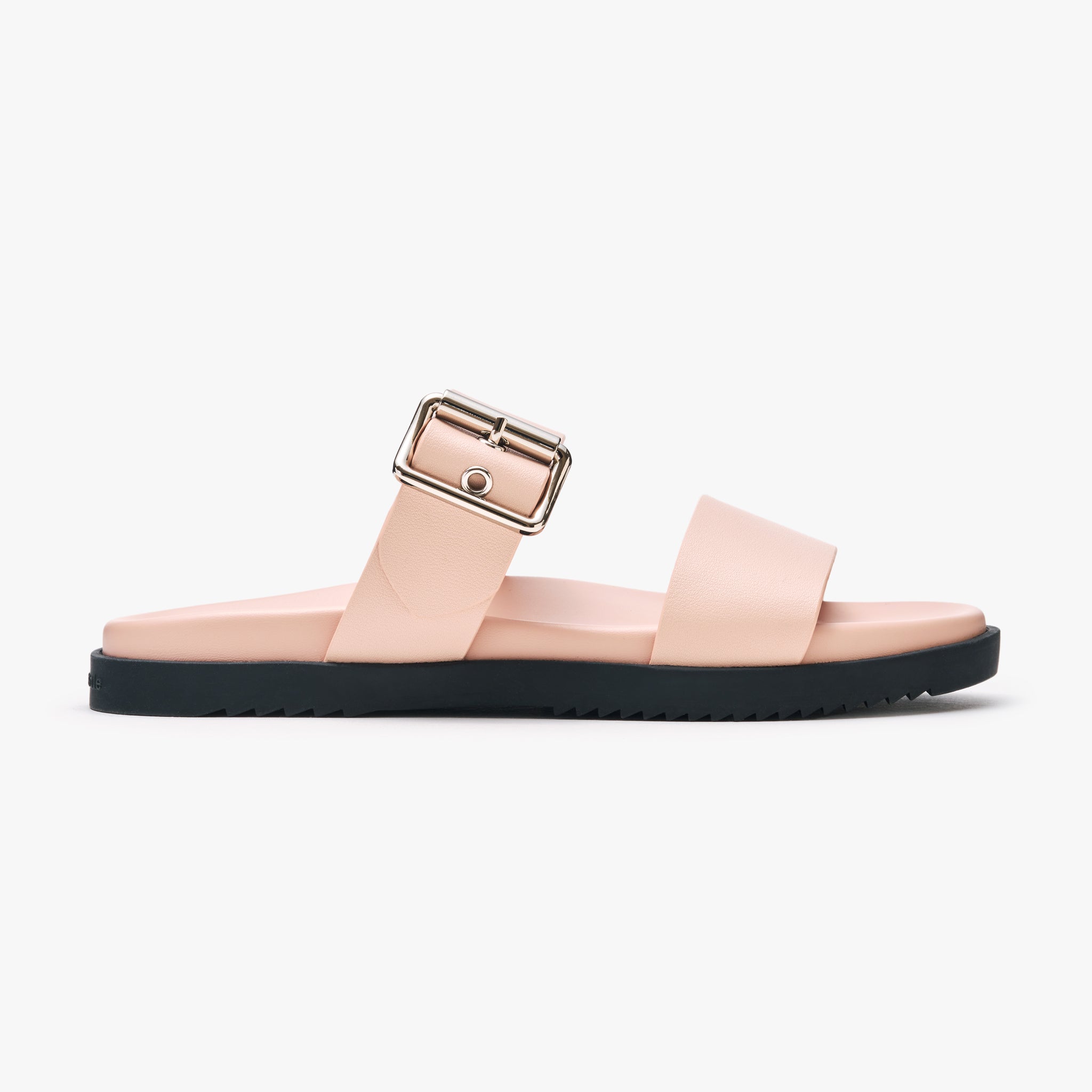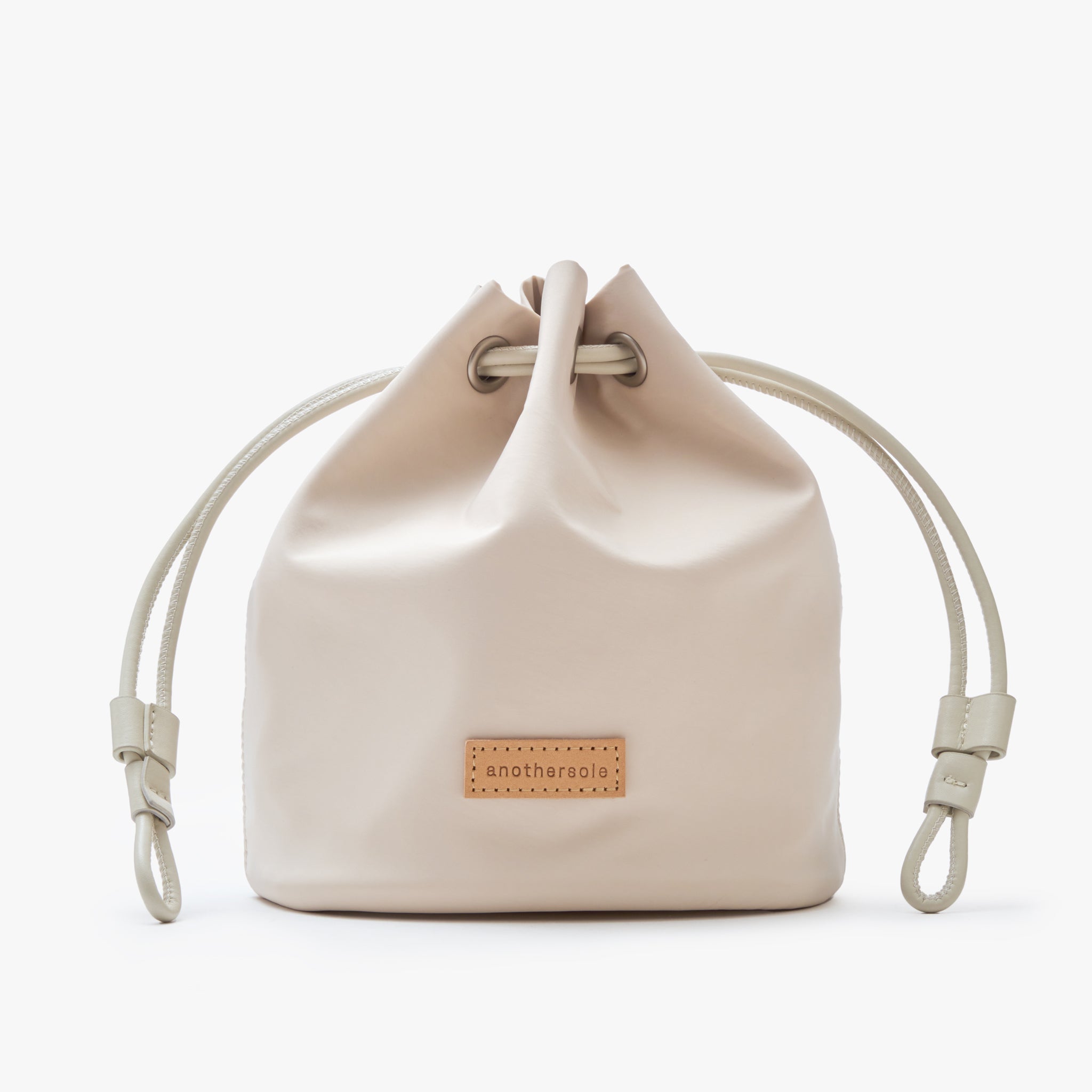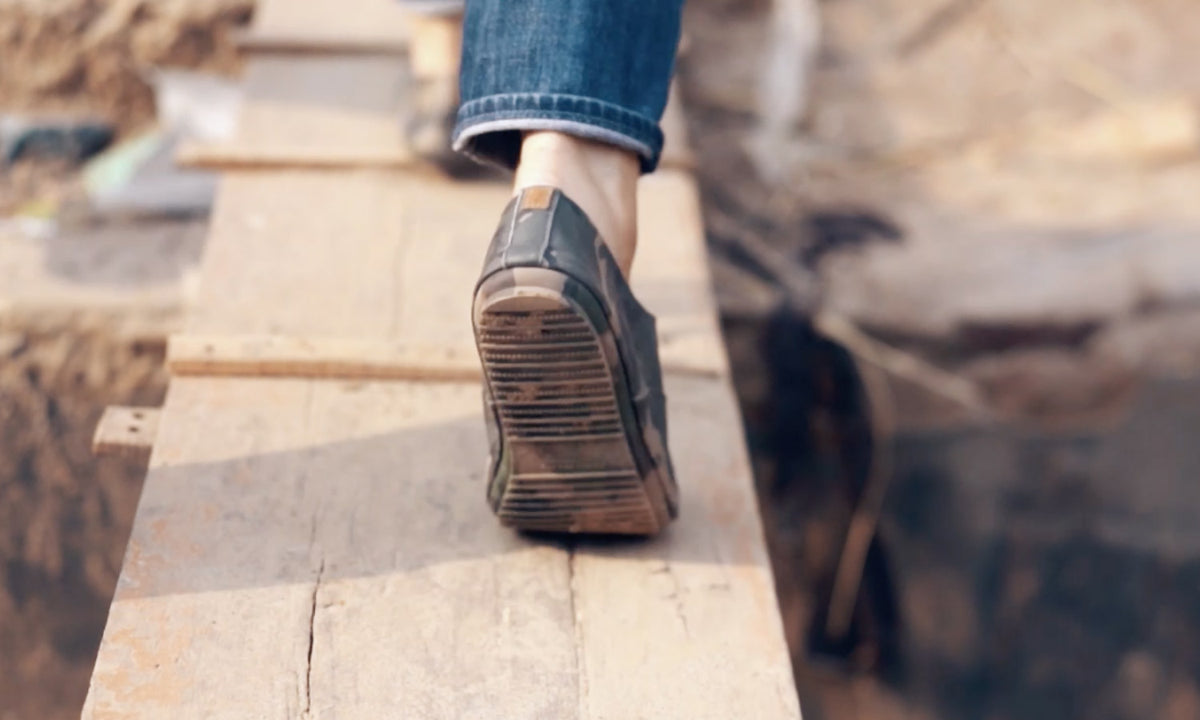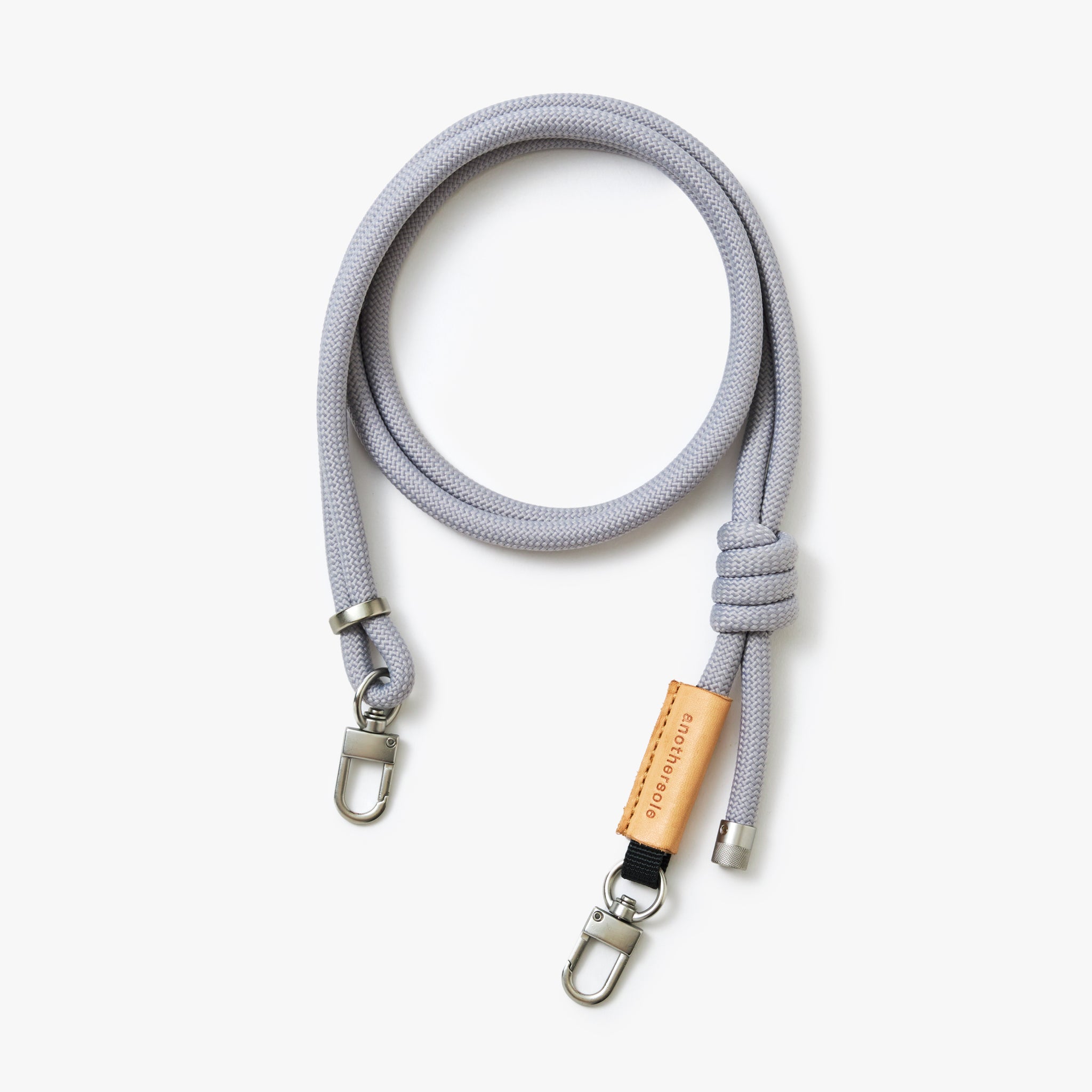
Comfortable Shoes for Bunions: Your Guide to Pain-Free Feet
Are your toes screaming for relief? If you have bunions, you know the struggle of finding comfy shoes all too well. Those pesky bumps on your feet can turn shoe shopping into a nightmare. But fear not! In this comprehensive guide, we'll dive deep into the world of bunion-friendly footwear. From understanding what bunions are to exploring the key features that make shoes comfortable, we'll cover it all. You'll also discover the best materials, construction techniques, and expert tips for choosing the perfect shoes to keep your feet happy and pain-free.
What Are Bunions and How Do They Develop?

Ever looked down at your feet and noticed a bony bump sticking out at the base of your big toe? It is likely a bunion. A bunion forms when the big toe starts leaning towards the other toes, causing the joint at its base to stick out. This misalignment doesn't happen overnight. It's a gradual process that can take years to develop. As the big toe shifts, it can cause the other toes to crowd together, leading to a domino effect of foot woes. Bunions are generally genetic and can be worsened through ill-fitting shoes that apply pressure to the feet.
Common Causes and Symptoms of Bunions
Bunions often develop due to a combination of genetic predisposition and external factors. If your parents or grandparents had bunions, there's a higher chance you might develop them too. However, genetics aren't the only cause. Wearing shoes that are too tight, particularly those with a narrow toe box or high heels, can accelerate the formation of bunions. The constant pressure on the big toe joint forces it out of alignment, leading to that characteristic bony bump.
In the early stages, a bunion might just be a cosmetic concern—a small bump that you barely notice. But as it progresses, the symptoms can become more severe, including:
- Soreness and inflammation around the joint
- Difficulty finding comfortable shoes
- Reduced range of motion in your big toe
- Persistent pain when walking or standing
- Development of calluses or corns around the affected area
If left untreated, bunions can lead to more serious issues like bursitis (inflammation of the fluid-filled pads that cushion the bones), hammertoes (a deformity causing toes to bend or curl downward), or even arthritis in the big toe joint.
The Importance of Comfortable Shoes for Bunions
Finding the right shoes is crucial for managing bunion discomfort. Wearing the wrong shoes can exacerbate the problem, leading to increased pain and further deformity. On the other hand, bunion-friendly shoes can help alleviate pressure on the affected area, allowing you to walk and stand with greater comfort.
When shopping for shoes, there are several key features you should look out for to ensure your feet stay happy and pain-free. Let's dive into what makes a shoe bunion-friendly.
Key Features of Comfortable Shoes for Bunions
1. Roomy Toe Box
The most important feature to consider is the toe box. A wide, roomy toe box provides ample space for your toes to spread out naturally, reducing pressure on your bunion. Shoes with a narrow or pointed toe box can squeeze your toes together, increasing discomfort and potentially worsening the bunion. Look for shoes that are labeled as "wide" or "extra-wide" to give your toes the freedom they need.
2. Soft, Flexible Materials
Next, pay attention to the shoe's materials. Soft, flexible uppers are pivotal to bunion comfort. Look for shoes made from materials like soft leather, suede, or stretchy fabrics that will mold to your foot's shape. These materials are like a gentle hug for your feet, adapting to your bunion without causing friction or pressure. Avoid shoes made from stiff or rigid materials, as these can irritate the bunion and cause further pain.
3. Supportive Soles
While flexibility is important, don't forget about support. A good pair of bunion-friendly shoes should have supportive soles with proper arch support and cushioning. This helps distribute your weight evenly across your foot, taking the pressure off your bunion. Shoes with cushioned insoles or orthotic inserts can provide additional comfort, helping to absorb shock and reduce the impact on your joints.
4. Adjustable Fit
Lastly, keep an eye out for shoes with adjustable features. Think straps, laces, or even velcro closures. These allow you to customize the fit to your foot's unique shape, ensuring your bunion isn't squeezed or rubbed the wrong way. It's like having a tailor-made shoe without the hefty price tag. Adjustable shoes are especially beneficial if you experience swelling or changes in foot size throughout the day.
Materials and Construction Techniques That Enhance Comfort for Bunions
When it comes to materials and construction, not all shoes are created equal. The best shoes for bunions are those that combine flexibility, support, and breathability. Here are some materials and techniques that enhance comfort for bunions:
1. Stretchable Fabrics
Shoes made from stretchable fabrics, such as mesh or knit materials, can accommodate the shape of your bunion without causing friction. These materials expand and contract with your foot's movements, providing a comfortable fit that doesn't rub against the bunion.
2. Leather and Suede
Leather and suede are popular choices for bunion-friendly shoes because they are soft, durable, and mold to the shape of your foot over time. Look for shoes made from high-quality, supple leather that offers flexibility without sacrificing support.
3. Cushioned Insoles and Arch Support
Cushioned insoles provide a soft, supportive base for your feet, helping to reduce pressure on the bunion. Look for shoes with removable insoles, so you can replace them with custom orthotics if needed. Arch support is also crucial, as it helps distribute your weight evenly and prevents excessive pressure on the bunion.
4. Seamless Construction
Shoes with seamless construction reduce the risk of irritation and blisters, which are common issues for people with bunions. Look for shoes with minimal stitching, especially around the toe area, to avoid any rubbing against the bunion.
5. Lightweight and Breathable Materials
In warmer weather, it's important to choose shoes made from lightweight and breathable materials to keep your feet cool and comfortable. Mesh panels, perforations, and moisture-wicking linings can help prevent overheating and reduce the risk of swelling, which can exacerbate bunion pain.
Tips for Choosing the Right Shoes for Bunions
Finding the perfect shoe might take a bit of trial and error, but keeping the following tips in mind can help you make an informed decision:
1. Get Your Feet Measured
Your foot size can change over time due to factors like weight gain, pregnancy, or aging. Before purchasing new shoes, get your feet professionally measured to ensure you're buying the correct size. Remember that one foot may be slightly larger than the other, so always choose shoes that fit the larger foot.
2. Shop in the Afternoon
Feet tend to swell throughout the day, so it's best to shop for shoes in the afternoon when your feet are at their largest. This will help you avoid buying shoes that feel too tight later in the day.
3. Try on Both Shoes
Always try on both shoes and walk around the store to get a feel for how they fit. Make sure there is enough room in the toe box for your toes to move freely, and check for any areas of discomfort or pressure.
4. Consider Custom Orthotics
If you have severe bunions or other foot issues, custom orthotics may be beneficial. These specially designed insoles provide additional support and cushioning, helping to alleviate bunion pain and prevent further deformity.
5. Prioritize Comfort Over Style
While it's tempting to choose shoes based on appearance, comfort should always come first. There are plenty of stylish bunion-friendly shoes available, so don't sacrifice comfort for fashion. Look for brands that specialize in orthopedic or comfort footwear, as they are more likely to offer shoes with the features you need.
Embrace Summer Comfort: Managing Bunions in Warm Weather
Summer is the season of sunshine, beach days, and outdoor adventures. However, for those with bunions, the warmer months can bring added discomfort. Bunions, those painful bony bumps that form at the base of the big toe, can make wearing sandals and enjoying summer activities a challenge. But don’t let bunions put a damper on your summer fun! Here are some tips and tricks to help you manage bunions and stay comfortable all season long.
1. Choose the Right Summer Footwear
When it comes to summer footwear, the same principles apply: opt for wide-toed shoes, avoid high heels, and look for adjustable straps. Sandals with cushioned soles and arch support are ideal for summer, as they provide comfort while allowing your feet to breathe. Brands like Birkenstock or anothersole offer stylish options that are also bunion-friendly.
2. Keep Your Feet Cool and Comfortable
Overheating can increase swelling and exacerbate bunion pain. Stay cool by choosing lightweight, breathable shoes and taking breaks in the shade. Applying ice packs to your feet after a long day can also help reduce inflammation.
3. Protect Your Feet During Outdoor Activities
Summer activities often involve spending time outdoors, which can put additional stress on your feet. When hiking or walking on uneven terrain, wear sturdy shoes that provide adequate support and protection. Don’t forget to apply sunscreen to your feet, especially if you’re wearing open-toed shoes or sandals.
4. Stay Hydrated
Drinking plenty of water helps reduce swelling and maintain overall foot health. Staying hydrated is especially important during the summer when you’re more likely to be active and exposed to the heat.
Finding the Best Shoes for Bunions
Finding bunion-friendly athletic shoes can be challenging. The pain caused by bunions, whether they are the standard hallux valgus at the base of the big toe or a tailor’s bunion on the pinky toe, can make the search for comfortable footwear frustrating.
When looking for the right shoes, it’s essential to focus on features that cater specifically to the needs of individuals with bunions. Here are some key aspects to consider:
1. The Impact of Shoes on Bunions
Shoes can significantly affect bunions by causing pinching, chafing, and pressure points, leading to pain, blisters, and sores. The wrong shoes can worsen the condition, while the right ones can help alleviate discomfort and prevent further progression of the bunion.
2. Features to Look for in Bunion-Friendly Athletic Shoes
- Wide Toe Box: A wide toe box allows your toes to splay naturally, promoting proper foot positioning that evenly distributes weight across your feet. This helps prevent pressure points, especially in the bunion area.
- Soft or Stretchy Fabric Uppers: Shoes with soft or stretchy fabric on the upper portion can accommodate the bunion protrusion, reducing the likelihood of irritation from friction.
- Seamless Interior Lining: A seamless interior lining helps eliminate irritation or blistering caused by stitching inside the shoe rubbing against the bunion.
- Contoured Insole Design: An insole with a deep heel cup and raised arch support can anatomically align your foot and lower body, helping to distribute pressure evenly across the foot and reduce stress on the bunion.
- Low Heel-to-Toe Drop: The heel-to-toe drop refers to the difference in height between the heel and the forefoot. Opting for shoes with a lower heel-to-toe drop can reduce pressure on the forefoot and bunion area, making them more comfortable for long-term wear.
Conclusion: Finding Relief for Your Bunions
Living with bunions doesn't mean you have to sacrifice comfort. With the right footwear, you can manage the pain and discomfort, allowing you to stay active and enjoy life without being held back by your feet. By prioritizing a wide toe box, soft materials, supportive soles, and adjustable features, you can find shoes that provide relief and prevent further progression of bunions. Remember, taking care of your feet is an investment in your overall well-being, so don't hesitate to seek out the best options for your needs.
At Anothersole, our open-toe Marshmallow Sandals work perfectly to keep your toes spread apart while offering cushioned comfort. Explore our collection of bunion-friendly shoes and step into a world of comfort today.
